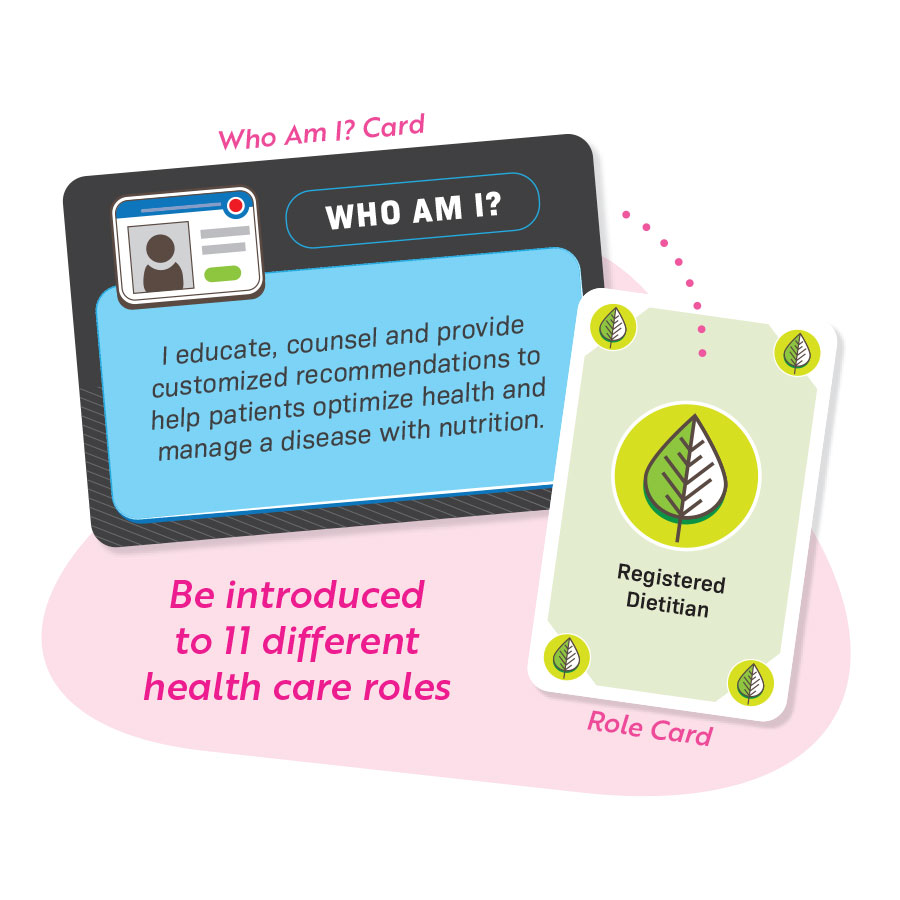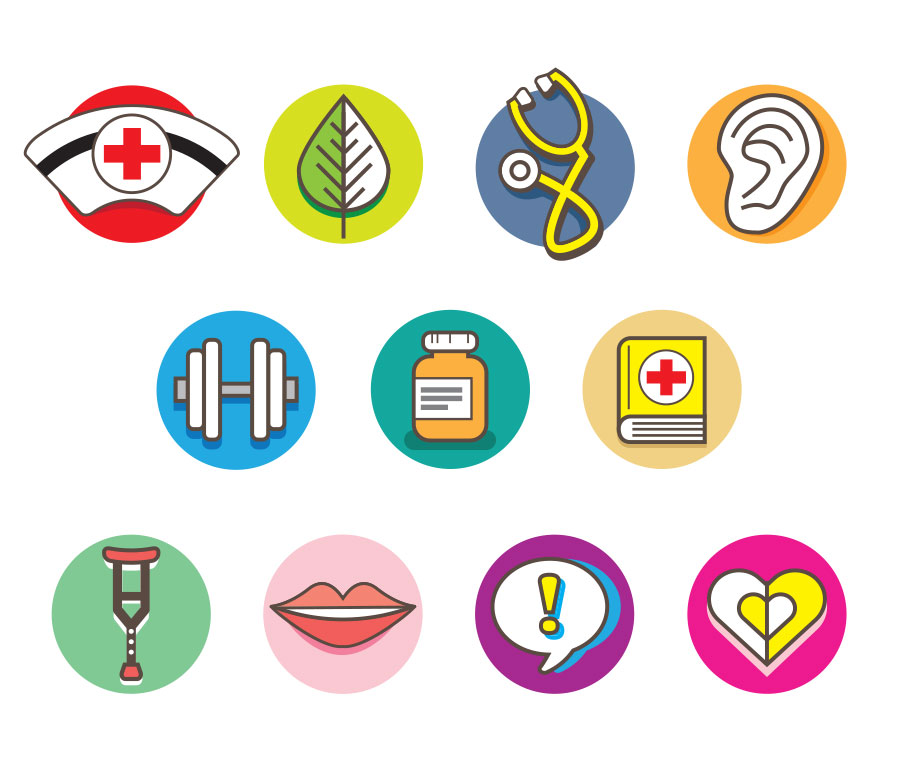Dr. Valerie Wright, B.S.N. ’99, and two colleagues in the Mennonite College of Nursing (MCN) have invented a fun and innovative way to educate nursing students: a card game.
Wright began developing the game, called Collaborate, in 2019 to help students pursuing health careers learn about different disciplines and how working together helps to achieve better patient outcomes. Collaborate introduces players to 11 health care professions and tests their ability to identify which individuals should be involved in 30 patient scenarios.
Appears InThe inventors used teaching innovation grants from the University and what is now the Center for Integrated Professional Development to research the game. The game received further support through the CAUSE (Change Agents for the Underserved: Service Education) grant, for which Wright served as interprofessional coordinator.
Wright’s background is in neonatal intensive care, where she worked as a nurse for 14 years. She arrived at Illinois State in 2017 and is an instructional assistant professor. Wright spoke more about her game in the following Q&A.
Why did you create a card game?
We knew we wanted to create a tool to teach interprofessional collaboration; however, we were not sure initially what the format would be. There is much research that supports how games make effective teaching tools. We started off looking into creating a gaming app, but the price tag for the development of the app was far greater than what our budget allowed. We then set out to invent a card game with the key focus of teaching interprofessional education.
With whom did you collaborate to create Collaborate?
I knew I couldn’t create a game in a silo, so I created a team to help design the game. At the time, Matt Rutherford ’14 worked in the technology department at MCN. Matt was our gameplay improvement specialist and helped significantly with the gameplay steps. Ashley Bollhorst, M.S. ’19, worked in the marketing department at MCN and joined the team as our official graphic designer. She really made the game come to life.
I was the game concept creator and content writer. I collaborated with primary care experts locally and across the United States to seek their top three picks for each scenario. I compiled their most common answers and then used the three most selected roles as the answer for each scenario card.
Who can use the game, and how can it help them?
We wanted to create a fun and innovative way to teach students about interprofessional education. The goal would be for them to have fun while learning about different professions. Additionally, one of the key roles of a registered nurse is collaboration. While many different disciplines can play and learn from this game, nursing students are given the additional layer of practicing collaboration, something they will do in their professional role.
How is the game played?
Collaborate is designed for two to four players with gameplay of 30-60 minutes. Each player must choose one of four colors, which determines the color of the role cards and scorecards.
There are two routes for the game: a warmup round and the actual playing round. The warmup round introduces players to 11 disciplines: Audiologist, Dental Hygienist, Exercise Physiologist, Health Educator, Medical Provider, Pharmacist, Physical Therapist, Registered Dietitian, Registered Nurse, Speech-Language Pathologist, and Social Worker.
The actual gameplay has the players pick the top three professions involved in each scenario. The timer is set for 20 seconds, and a scenario card is announced. Before the timer runs out, players must present three role cards, face down, that represent the top three professions that would provide the best health care collaboration for the scenario card. In some instances, there might be five or more feasible health care professionals that might satisfy a particular scenario; however, students are being asked to prioritize the top three.
When time expires, the correct professions are revealed by turning over the scenario card. Each correct answer is worth one point. This process must be repeated until all scenario cards have been played. The player with the highest number of points is declared the winner. If there is a tie score, players move into a lightning round.
What has your research shown about the game’s effectiveness?
When compared to a placebo game, student responses to an interprofessional collaboration survey indicated that the game performed better, which was statistically significant. The difference was largest for the Roles and Responsibilities and the Values and Ethics of Interprofessional Practice subscales, which indicate that the game can be used effectively for introductory training.
How are you working with the University to sell and distribute the game?
The University assisted with a license agreement. Additionally, we worked with ISU’s Research and Sponsored Programs for the game to have its own TouchNet site, which is the forward-facing platform.
Who are the customers for this game?
Definitely nursing programs would be interested but also any of the other programs of the disciplines that are included in the game. I also think potentially this could be used at high schools as just a soft introduction to what the different disciplines do.
Visit the Collaborate game’s TouchNet site.



